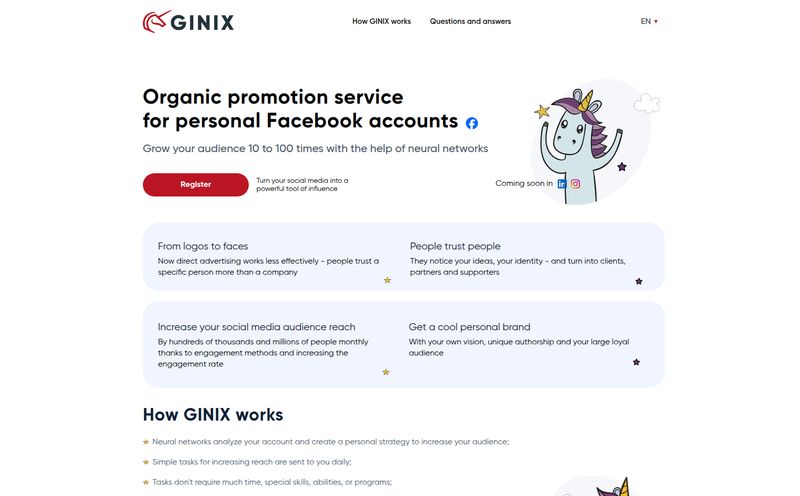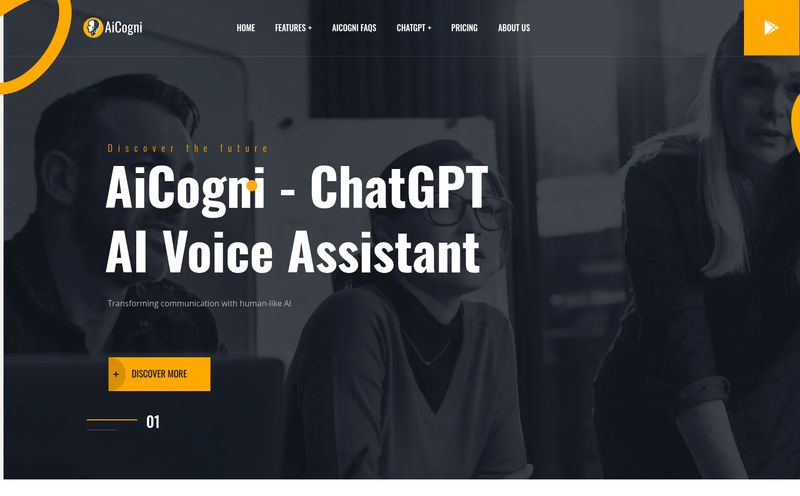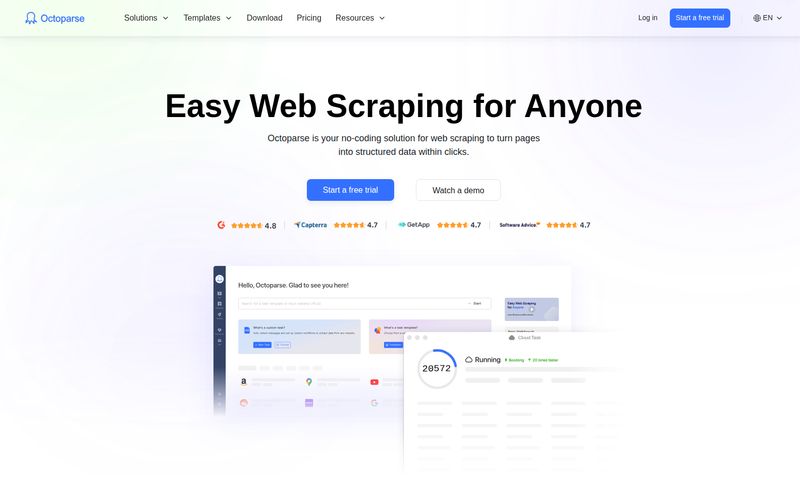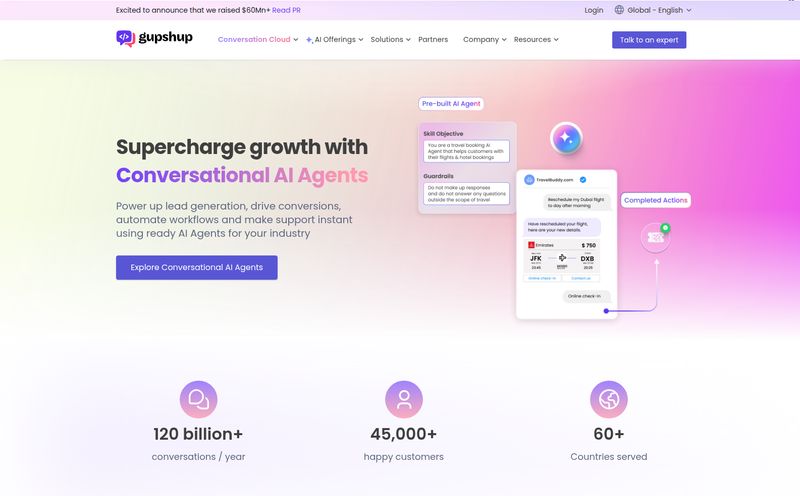You know the one. It’s 4:55 PM on a Friday. The call comes in to the helpdesk. The voice on the other end is frantic. “Hi, it’s Alex from Sales. I’m so sorry, I’m on the road and I’ve been logged out of my account. I have a huge deal I need to close in the next 10 minutes, can you please, please just reset my password for me?”
Your helpdesk agent, trained to be helpful and efficient, wants to solve the problem. They ask a couple of security questions. “What’s your mother’s maiden name?” The person on the phone answers correctly. “What was the name of your first pet?” Nailed it.
The password gets reset. The “salesperson” gets in. And by Monday morning, your company’s name is in the headlines for a massive data breach. All because “Alex” wasn’t Alex at all. He was a social engineer who scraped the answers to those silly questions from a public Facebook profile.
This isn't some far-fetched movie plot. This kind of social engineering is, according to many security reports, at the root of a terrifyingly high percentage of cyberattacks—some say up to 90%. And for years, the primary gateway has been the one department designed to help: the IT helpdesk. I've been in the SEO and traffic game for a long time, and I've seen how quickly a company's reputation—and traffic—can tank after a breach. It’s brutal.
Recently, a tool called Nametag slid across my desk, and it’s one of the first solutions I’ve seen that feels like it’s built for this specific, modern-day nightmare.
So, What is Nametag, Exactly?
Put simply, Nametag is like a high-tech, AI-powered bouncer for your digital front door. It’s an identity verification and ID proofing platform built specifically for helpdesks. Its entire purpose is to stop impersonators dead in their tracks during those high-risk moments—like the password reset panic call—before they can do any damage.
It’s designed to confirm, with a high degree of certainty, that the person asking for access is truly who they say they are. And it claims to do it all in under 30 seconds. That’s faster than it takes to remember the name of your first pet, Fluffy.
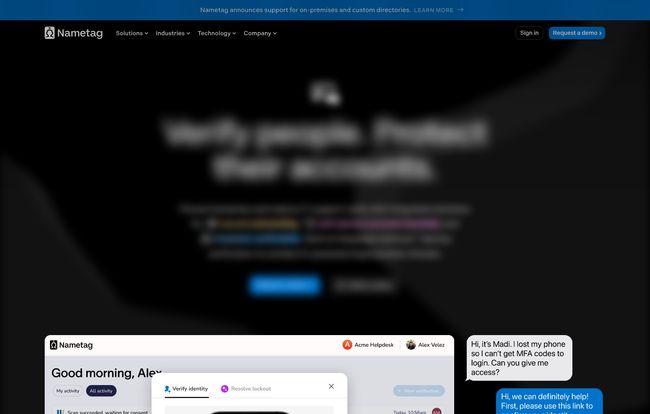
Visit Nametag
#
The AI Arms Race Has Reached Your Helpdesk
For a while, the scariest thing a helpdesk had to worry about was a smooth talker. Now, we’re dealing with AI deepfakes. The image from Nametag's own site says it all: “Built on the only identity verification engine that prevents the use of AI deepfakes.” That’s a bold claim, and frankly, it’s the one that got my attention.
We’re not just talking about someone using a stolen password anymore. We’re talking about attackers using AI to fake a person’s face on a video call or clone their voice. The old security playbook is basically useless against this stuff. It's an entirely new ballgame.
How Nametag Is Fighting Fire with Fire
Nametag seems to understand this new reality. Instead of relying on knowledge-based questions (which are often public knowledge), it focuses on verifying a person’s real, government-issued ID and, crucially, their liveness. It uses AI detection models to spot the tell-tale signs of a digital forgery or an injection attack, where an attacker tries to pipe a fake video feed into the verification stream. It's one thing to have a picture of someone's driver's license; it's another thing entirely to prove you are the person in that picture, right here, right now.
Verification in a Flash
Let's be honest, nobody likes security measures that are a pain to use. If verification takes ten minutes and three different apps, users (and your helpdesk agents) will find a way around it. Nametag’s promise of a sub-30-second verification is a massive point in its favor. By sending a link to the user's mobile, they can quickly scan their ID and their face. Fast, simple, and it doesn’t create a huge bottleneck for your support team. This focus on user experience is something many security tools get wrong.
#
The Tangible Benefits of A Modern Security Bouncer
Okay, so the tech is cool. But what does this actually mean for a business? In my experience, it boils down to two things: saving money and avoiding disaster.
First, you have the immediate cost savings for the IT department. Think about the time your helpdesk spends on manual verifications, dealing with lockouts, and cleaning up the mess after a fraudulent request. By automating and securing this process, Nametag can seriously reduce those operational overheads. Less time wasted, more time on actual problem-solving.
Second, and way more importantly, is the prevention of catastrophic breaches. A single ransomware attack or data breach can cost millions, not to mention the reputational damage that can last for years. I’ve seen search traffic and brand trust evaporate overnight. When you look at it that way, a tool like Nametag isn't really a cost center; it’s an insurance policy. A very, very good one.
No Tool is Perfect: The Potential Downsides
Now, I'm always a bit skeptical. No solution is a silver bullet. Based on the info, there are a couple of things to consider with Nametag.
The first is the requirement for users to have a mobile device for verification. In 2024, this is becoming less of an issue, but for certain user bases or internal employee scenarios, it could be a hurdle. You have to wonder about the edge case where a user has lost their phone and is also locked out of their account. A classic catch-22. I'd be interested to know their backup procedure for a situation like that.
The other point is cookie usage for service improvement. This is standard practice across the web, but in an age of heightened privacy awareness, it’s something to be transparent about. It’s a trade-off: better service for some data. Most companies will find this perfectly acceptable, but it’s a conversation worth having.
#
The Million-Dollar Question: What's the Price Tag on Nametag?
Alright, so how much does it cost? I went looking for a pricing page, and... found a 404 error. Classic. “We couldn’t verify the identity of the page URL you entered.” A bit ironic, dont you think?
Jokes aside, this isn’t unusual for enterprise-grade B2B software. Pricing is rarely one-size-fits-all. It likely depends on the number of users you have, the volume of verifications you expect, and the specific integrations you need (they list integrations with big names like Okta, Zendesk, and ServiceNow). Your best bet is to hit that “Request a Demo” button on their site and have a conversation. They’ll probably build a custom quote that fits your organization’s scale.
FAQs About Nametag
How does Nametag actually prevent AI deepfakes?
It uses sophisticated liveness detection and AI models that analyze the video feed for subtle artifacts and inconsistencies that are hallmarks of digital manipulation or pre-recorded videos, things the human eye would likely miss.
Is Nametag difficult to integrate with existing systems like Zendesk?
According to their site, they have out-of-the-box integrations for many popular platforms like Zendesk, ServiceNow, Okta, and more. This suggests deployment is designed to be relatively straightforward for IT teams.
What does a user need to verify their identity with Nametag?
A user typically needs two things: a smartphone with a camera and a valid, government-issued photo ID (like a driver's license or passport).
Is Nametag better than traditional security questions?
In my professional opinion, absolutly. Security questions rely on static information that is often publicly available or can be stolen. Nametag verifies a physical ID and a live person, which is a much more secure method of authentication against modern threats.
Does Nametag improve the customer experience (CX)?
Yes, by making the verification process faster (<30 seconds) and less frustrating than long hold times or a barrage of personal questions. A quick, secure process leads to higher customer satisfaction.
My Final Take: Is Nametag Worth a Look?
The world of cybersecurity is filled with a lot of noise and buzzwords. But every now and then, a product comes along that seems to address a real, painful, and growing problem with an elegant solution. Nametag feels like one of those products.
The old ways of securing helpdesks are broken. Social engineers and AI-powered scams are only getting more sophisticated. Fighting back with something equally sophisticated isn’t just smart; it’s becoming necessary. While it’s not a magic wand, Nametag’s focus on stopping impersonation at the source—the human interaction—is the right approach.
If you’re a CIO, an IT Director, or anyone who loses sleep over the security of your customer and employee data, I think you owe it to yourself to at least see what Nametag can do. It might just be the thing that lets your helpdesk—and you—finally get a good night's sleep.
#
Reference and Sources
- Nametag Official Website
- WIRED: What Is Social Engineering? (General information on the topic)
